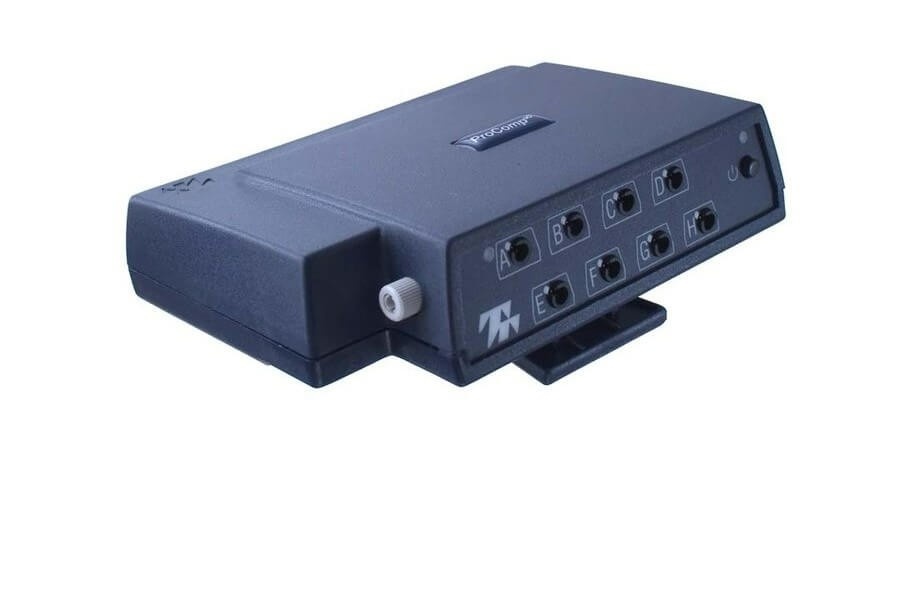BIOFEEDBACK
WHAT IS BIOFEEDBACK?
By using sensors attached to the skin and connected to a computer, clients receive real-time information about their bodies. The information displayed is called Biofeedback (biological feedback). Equipped with knowledge about the physiological processes, athletes can manage cognitions and emotions associated with competition, control the activation levels, and achieve psychophysiological readiness of the body for best performances.
BIOFEEBACK MODALITIES
Under the word “ Biofeedback,” there are four different modalities that require specific training to apply each of them:
Peripheral Biofeedback or just Biofeedback measure physiological variables such as electromyography (sEMG), Galvanic Skin Response (GSR), Thermal Biofeedback, Heart Rate and Heart Rate Variability (HRV), and Respiration.
Pelvic Muscle Dysfunction is for those medical professionals who use sEMG biofeedback to treat elimination disorders and chronic pelvic pain.
Neurofeedback is strictly for brain wave feedback also called EEG biofeedback.
Heart Rate Variability (HRV) Biofeedback is for appropriate health care or sports professional.
BIOFEEDBACK & YOUR PERFORMANCE NEEDS
Depending On Your Performance Needs, You Will Train:
Surface Electromyography (sEMG)
Excessive muscle tension is associated with slower reaction time and disturbs many sport motor movements. You will learn to identify muscle tension and “let it go.”
Breathing
Proper breathing is probably the most used skill in sport and life performance. Inappropriate breathing cause fatigue, choking, failure to recover, a busy brain (paralysis by analyses), and changes in attentional state.
Thermal biofeedback
Too much stress causes vessel constriction and less blood flow to the extremities. The warming of hands and feet helps to maximize recovery after injury and strenuous workouts.
Electrodermal biofeedback/Galvanic Skin Response
It helps to identify stressful moments of athletic performance during imagery rehearsal. It also helps during concentration training.
Heart Rate Variability
HRV is an indicator of autonomic balance and is associated with outstanding physical and mental performance. HRV biofeedback training can improve your resilience to stress in multiple sports.
Relaxation Techniques
Learning to relax and unload stress is essential to promote full recovery and optimal performance. Stress builds up during the day or weeks. Accumulated stress can cause athletes to be more reactive to new challenges than normal.
PROFESSIONAL BIOFEEDBACK EQUIPMENT

Professional systems give the ability to monitor multiple biofeedback modalities within the same device (e.g., Thought Technology ProComp Infinity).
Smaller-scale devices are intended for consumer use, and I can recommend a few tools for you. Tablets, Apple and Android phones have breath pacer apps that are not a feedback system, but it can be used for home practicing.
My equipment: ProComp Infiniti – 8 Channel (FDA approved)
OFFICIAL DEFINITION OF BIOFEEDBACK
Association for Applied Psychophysiology and Biofeedback (AAPB)
Biofeedback Certification International Alliance (BCIA)
International Society for Neurofeedback and Research (ISNR)
Biofeedback is a process that enables an individual to learn how to change physiological activity for the purposes of improving health and performance. Precise instruments measure physiological activity such as brainwaves, heart function, breathing, muscle activity, and skin temperature. These instruments rapidly and accurately “feed back” information to the user. The presentation of this information — often in conjunction with changes in thinking, emotions, and behavior — supports desired physiological changes. Over time, these changes can endure without continued use of an instrument.
Read More: Psychophysiology and Biofeedback; How does it work to improve athletic performance?
